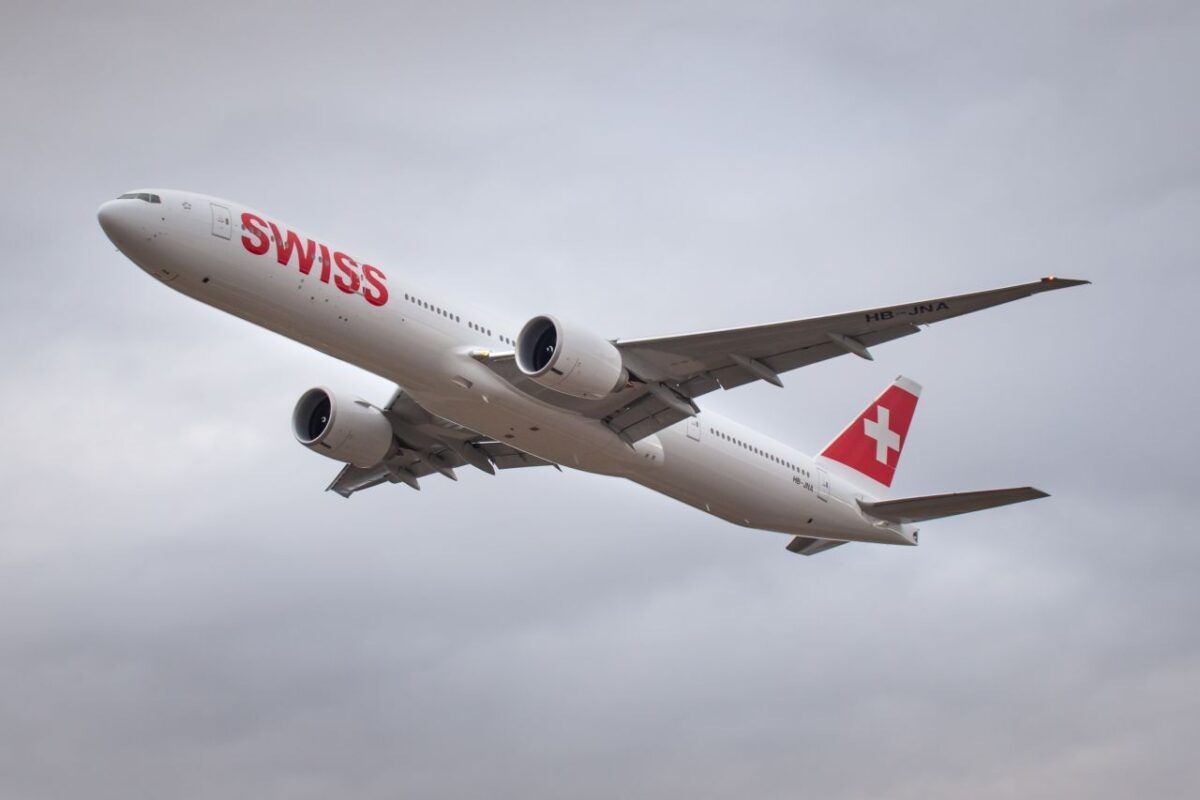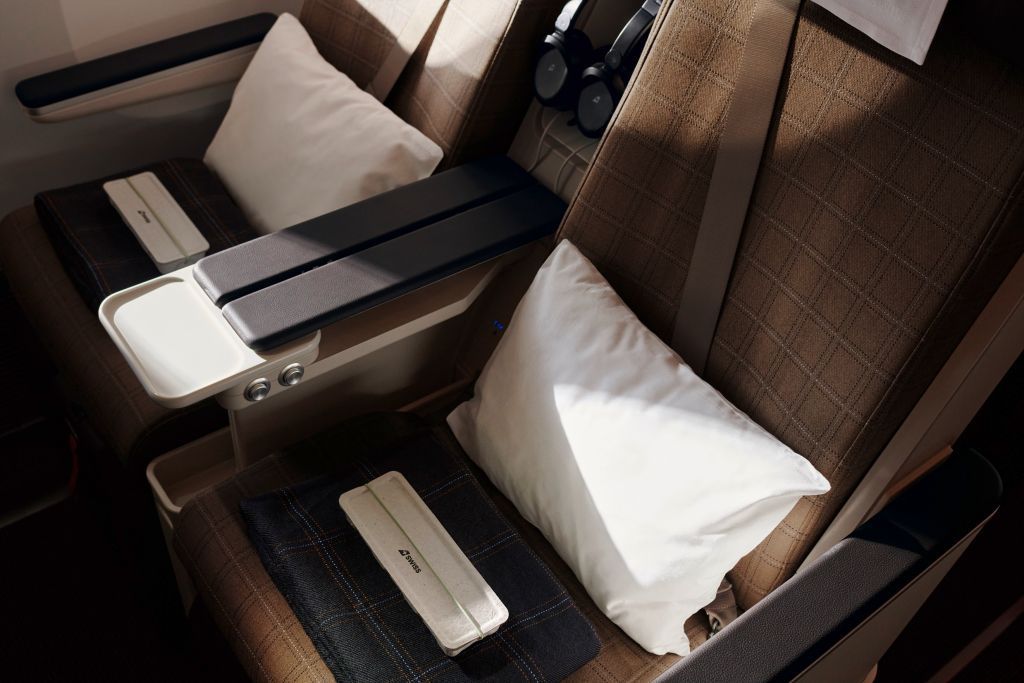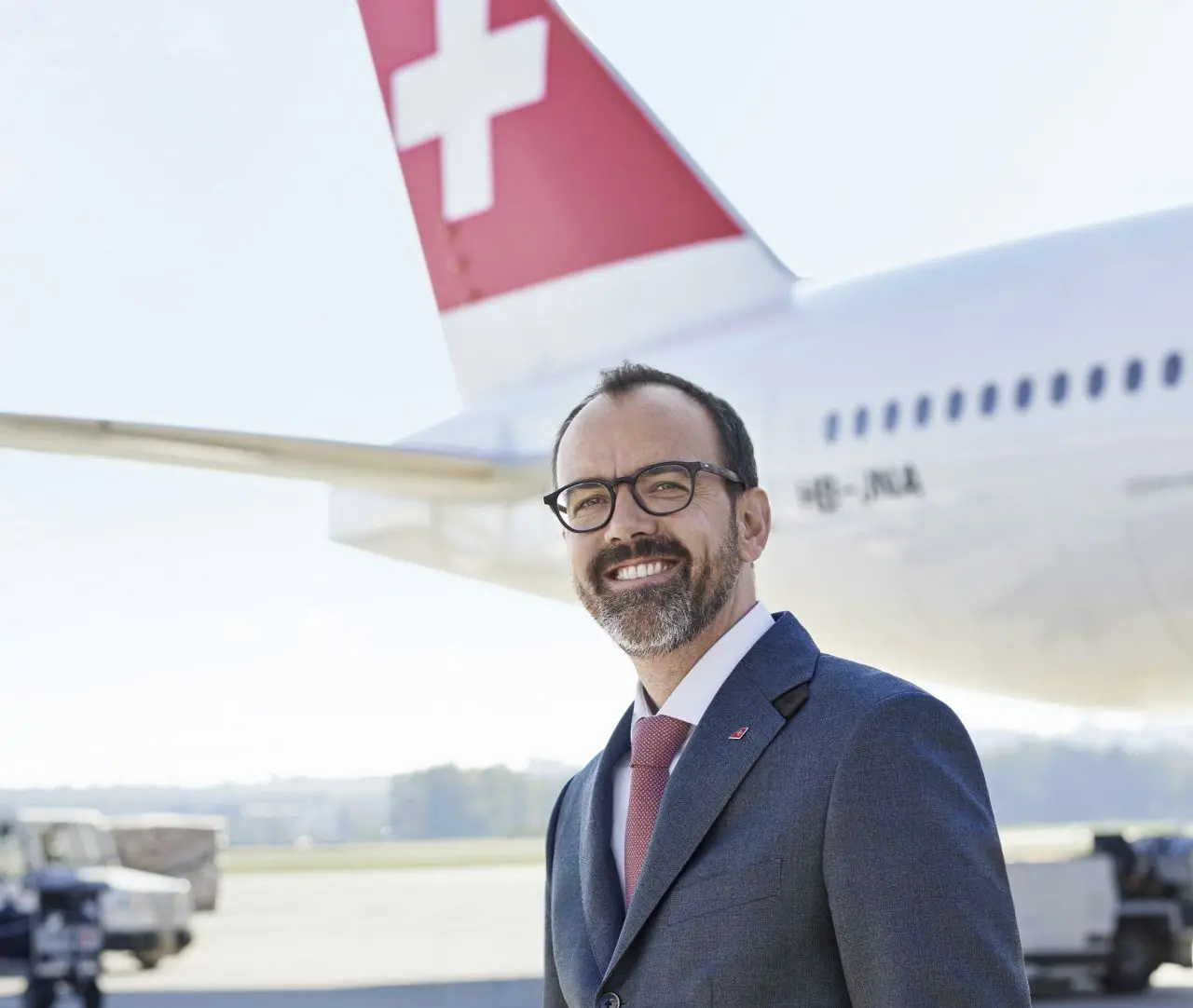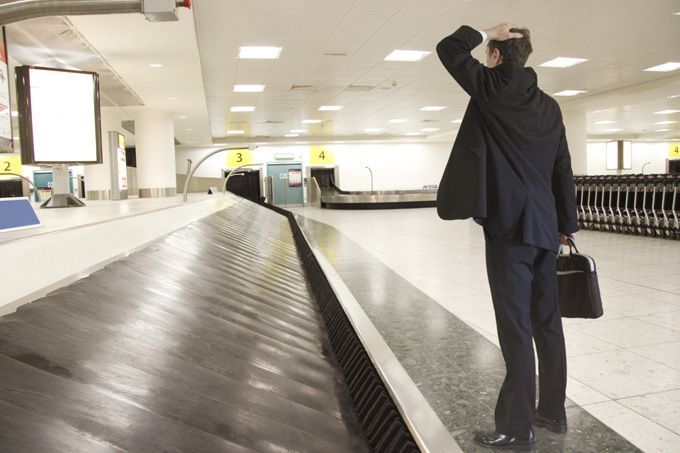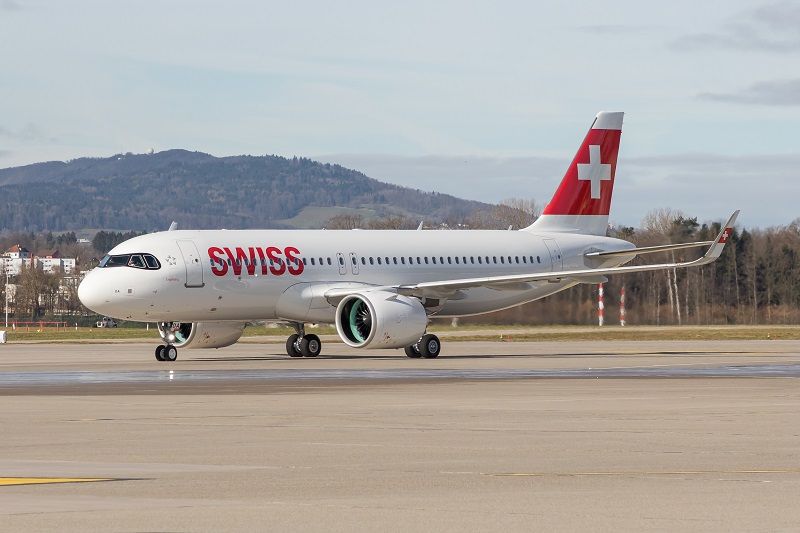Swiss International Air Lines (SWISS) has faced a challenging first quarter in 2024, posting an operating result of CHF 30.7 million. This figure falls CHF 48 million short of the same period in 2023, impacted by various economic pressures.
Despite the drop, the airline’s total revenue climbed to CHF 1.2 billion, marking an 8.1% increase from the previous year. This growth comes amidst a broader market adjustment post-pandemic, where demand remains robust but increasing competition is driving yields lower.
SWISS’s first-quarter earnings were also reduced by rising costs. In addition to the adverse effects of inflation and higher fuel prices, a rise in personnel costs was particularly felt as the terms of the new collective labour agreements for cockpit and cabin personnel were reflected in staff expense.
Having delivered a solid business and operating performance over the Easter period, SWISS is now preparing for the busy summer travel months. In doing so, the company is putting customer satisfaction firmly centrestage.
“Last year we were Europe’s stablest airline,” CEO Dieter Vranckx explains. “We want to be so this summer, too, and offer our customers the kind of reliability that they should be able to expect from us. For a premium airline like ours, though, stability alone is not enough. So this year we aim to substantially improve our flights’ punctuality as well, in collaboration with our partners. To this end we have launched a companywide programme that is firmly focused on the satisfaction of our customers. We’re already working intensively on this, and are developing a wide range of actions to help us achieve these objectives.”
Passenger volume growth
SWISS transported some 3.7 million passengers in the first three months of 2024 – just under 17 per cent more than in the same period last year. Almost 31,000 flights were operated in the period, a 14.5-per-cent increase on the first quarter of 2023. Systemwide, first-quarter production was raised 11.6 per cent in available-seat-kilometre terms. Total first-quarter traffic volume, measured in revenue passenger-kilometres, was up 11.3 per cent. Systemwide seat load factor for the first-quarter period stood at 80.7 per cent, down 0.2 percentage points from its prior-year level.

